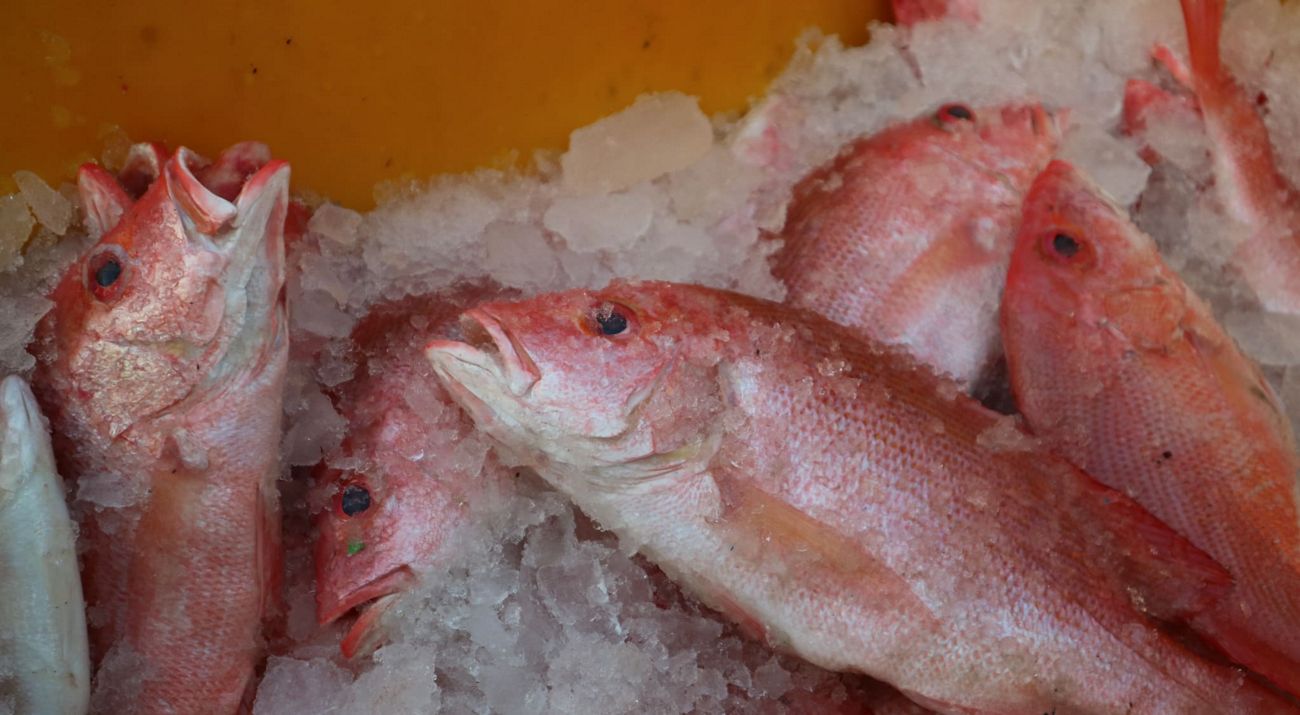The area of the waters which covers 70 percent of the total area makes the fishery sector one of the leading economic potentials of Indonesia. However, this sector faces a very big challenge, namely the sustainability of marine living resources due to unsustainable practices. Based on a report from the Food and Agriculture Organization (FAO), only 10% of fish reserves are left in the sea. Therefore, changes in more sustainable fishing practices are urgently needed.
The Fishery Improvement Project (FIP) initiated by YKAN, in collaboration with The Nature Conservancy, promotes sustainable fisheries practices by ensuring that the fish caught meet the size requirements that indicate that they are not juvenile fish. This is done to ensure the survival of the fish.
The “Si Unyil” program which airs on Trans7 station reviews sustainable fisheries practices carried out by Bali Sustainable Seafood, one of the FIP members who apply these practices from the site level to the production process.
It is very important to emphasize the sustainable aspects of fisheries practices for the sake of the common future. Sustainable consumption and production of fisheries not only ensures the sustainability of raw materials for seafood products, but also preserves the balance of the ocean and nature so that future generations can benefit from it.


